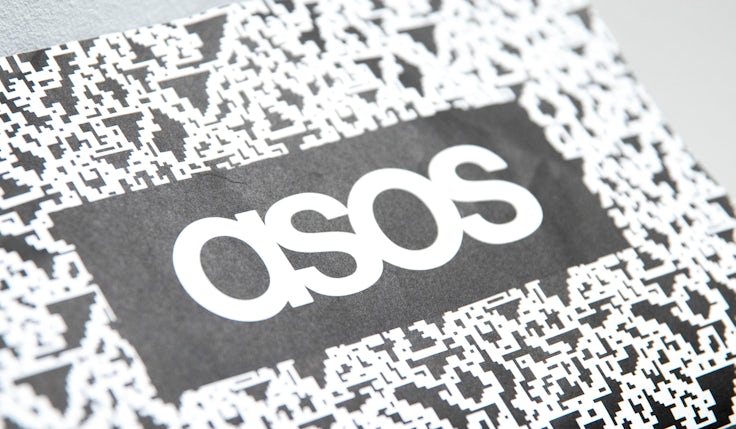Asos is investing £30m in brand building as it eyes a move away from ‘seductive’ performance marketing
The online retailer wants to be profitable by the end of its 2025 financial year, as it looks to ‘re-invent’ its marketing efforts.

Asos is increasing its marketing spend by £30m in the upcoming financial year, with the additional investment to be dedicated to brand building as it attempts to reignite its fortunes with a more full-funnel marketing approach.
The investment comes off the back of the troubled retailer’s own criticism of its performance marketing-led approach in the last few years. Asos had been spending 90% of its marketing budget on channels short-term in nature, its senior customer director Dan Elton revealed today on a call with investors (1 Nov).
As part of its brand building drive, Asos today released ‘Asos Your Way’, a multi-channel brand campaign that Elton described as its first full funnel effort. The campaign includes what he calls ‘guerrilla’ marketing activities, an always-on influencer marketing campaign and social media drive, as well as out of home.
Asos’s sales down as drag from promotional marketing continuesWhile Asos has been eyeing up a move away from performance, its CEO José Antonio Ramos Calamonte noted that it had allocated some of its performance investment this year to allow for marking down the price of products to clear more stock, given that it had doubled its stock levels between 2018 and 2022 – a “short-term growth margin sacrifice”.
The £30m marketing investment, focused on brand, is separate from the bulk of marketing spend. Despite the increased investment in brand, Elton admitted that “on the whole, the marketing investment we make will continue to be in performance”. He added that the money currently spent on performance is “efficient”.
On the whole, the marketing investment we make will continue to be in performance.
Ben Elton, Asos
In total, Asos spent £195m on marketing in 12 months to 3 September, which was a drop on the £223.5m spent the previous year.
Asos warned today that sales will continue to fall, by an expected 15% in the upcoming financial year. In the last year, Asos’s sales dropped 10%. Its total revenue for the year was £3.5bn, a drop from £3.9bn the previous year. The business’s operating loss was £248.5m for the year.
Asos’s least profitable customers – 6% of its total customers – cost the business more than £100m, it said earlier this year. To combat this, the retailer revealed today it has restricted promotional advertising to these customers.
Elton added that while performance marketing is “seductive”, the brand is committed to changing this reliance, calling it a “one-dimensional model” that isn’t working the way it wants. Asos is also trying to be “more proactive” in its use of price.
In the last year, many retailers have introduced fees for customers to return products, including H&M, Zara and Boohoo.
But for Asos, its free-returns offering is “essential”, said Elton, with clothes needing to be tried on at home. However, the retailer has introduced some returns fees in other markets, but only after 14 days. Because of this, Asos is seeing “faster returns” and can get stock back onto the website at full price.
Asos CEO blames acquisition slowdown on ‘insufficient’ brand spendWhen asked today on a call with investors about how Asos is competing with fast fashion entrants such as Shein and Temu, Calamonte said: “We do not want to be the cheapest guy [on the market].”
“We do not believe in selling t-shirts at £2,” he said. Calamonte also recognised the move towards cheaper prices in the present “time of crisis”, comparing the current movement to what happened “with the growth of Primark back in the day”.
He added that the company’s new strategy, alongside “the best marketing journey”, is how Asos will “fight with them”.
Calamonte is confident the business will be able to turn things around by the end of 2025, calling 2023 a “year of good progress” for the brand. Overall, he said Asos is “ending the year smaller, but inherently a more profitable business”.







Comments